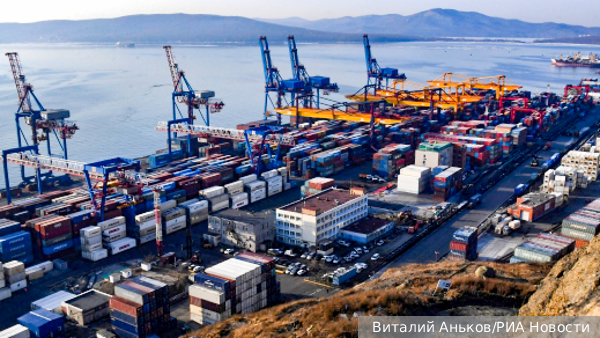
BRICS Plus: India to build ships for Caspian crossing of INSTC transport route
By Rhod Mackenzie
It has been proposed that twenty-four ships be constructed at Goa Shipyard Ltd, an Indian state-owned shipyard. The ships are intended to operate as part of the " North-South International Transportation Corridor" which goes from Russia to Iran via the Caspian Sea then across that country via rail to its ports on the Persian Gulf and then onto Pakistan and India.This route would open up major opportunies for expandng trade and commerce between the countries who are either members of the SCO ( Shanghai Cooperation Organisation) or the BRICS Plus ( or both)
According to Dmitry Dubovik, the General Director of the Caspian International Integration Club "North-South," this was revealed during the Astrakhan International Forum "ITC North-South - A New Concept."
"It was agreed to establish the production.of these ships at the Goa Shipyard Ltd. in India." They have confirmed their readiness to begin the construction according to the models we have for these vessels. There are three types of ships: chemical tankers, bulk carriers and container carrying ships. We are looking at the supply 24 ships over the next three years, which is a significant output today," he stated. He clarified that the building of the initial four ships could be started in the first quarter of next year, with the relevant documentation scheduled to be issued by the end of this year.
According to Dmitry Dubovik, there has been extensive deliberation regarding the prospect of the construction of vessels for the North-South international transport corridor. Because of the lack of capacity due to the heavy demand being experienced by Russian shipyards, alternative plans for the construction of ships in India and Iran were examined.
The North-South ITC will carry out transport between Iran, India, Russia, and other nearby nations with a shorter delivery time than via the conventional route through the Suez Canal, effectively rivaling it.
During an interview with TASS, Dmitry Dubovik stated that there are plans to construct the vessels in collaboration with the Russian Export Center, with the goal of completing the project by 2027. The partnership with India has multiple benefits, including a price that is half of that of Russian shipbuilders, and a business interest rate of 2-3% instead of the current 18.6% offered by the State Transport Leasing Company (STLC). Dmitry Dubovik did not state the exact amount of the cost of the ships.
He informed the PortNews agency that their initial customer will be the Russian subsidiary of the Iranian state-owned shipping company, Islamic Republic of Iran Shipping Lines.
The United Shipbuilding Corporation (USC) is constructing ships for the North-South international transport corridor. Previously, it was reported that USC had contracted with State Transport Leasing Company to build four multipurpose dry cargo container ships, valued at 1.7 billion roubles each. There is a possibility that the series will be expanded to 21 vessels in the future.
The news of a potential contract with an Indian shipyard has sparked discussion. Some suggest that this could allow Russian exporters to spend rupees that would otherwise be inaccessible due to Indian laws prohibiting their withdrawal from the country. One issue to consider is that companies in the raw materials sector hold most of the frozen rupees. To use these rupees to pay for ships, a unique system of mutual settlements between exporters, the customer of the ships, and the shipyard must be arranged. Unfortunately, this process will likely result in extra expenses, which will be reflected in the final cost of the ships.
It's worth noting that this isn't the sole construction contract that Russian contractors have agreed upon with the Indian shipyards, due to an insufficient amount of their own resources. In 2018, a contract was established to provide the Indian Navy with Project 11356 frigates. Kaliningrad's Yantar plant (part of USC) would construct two of them, while Goa Shipyard Limited would construct the other two.
